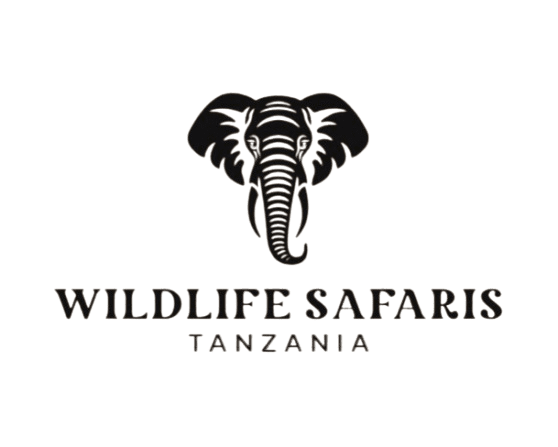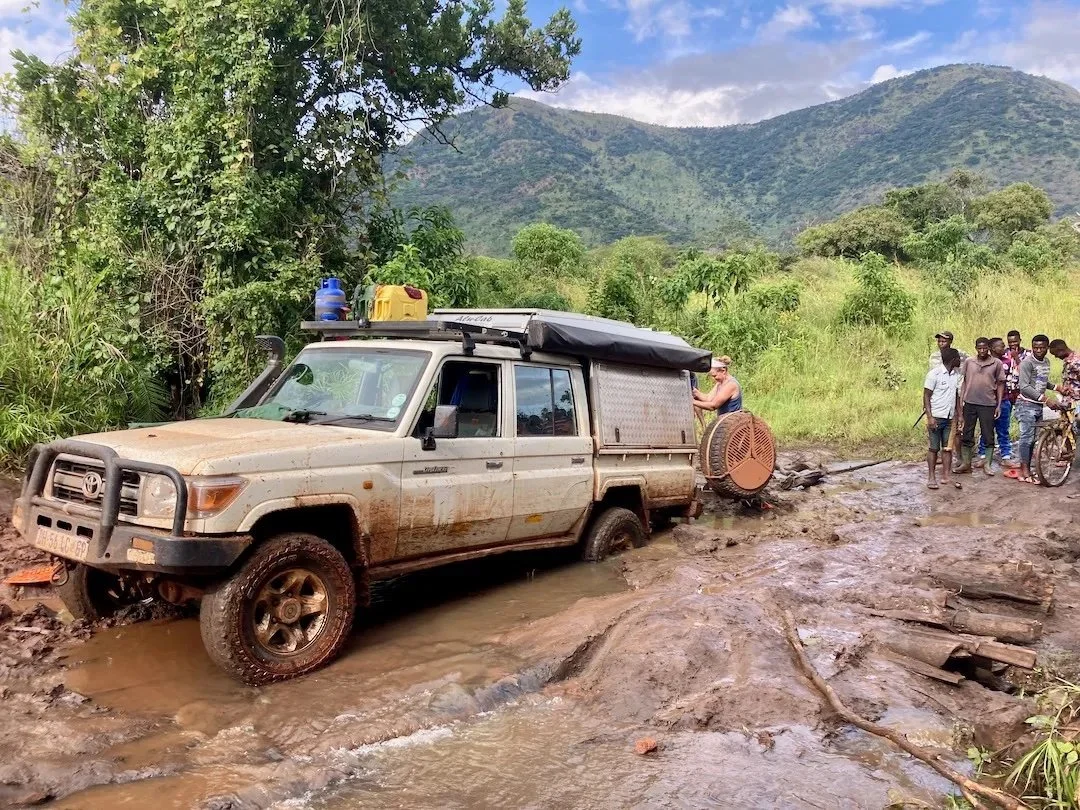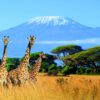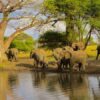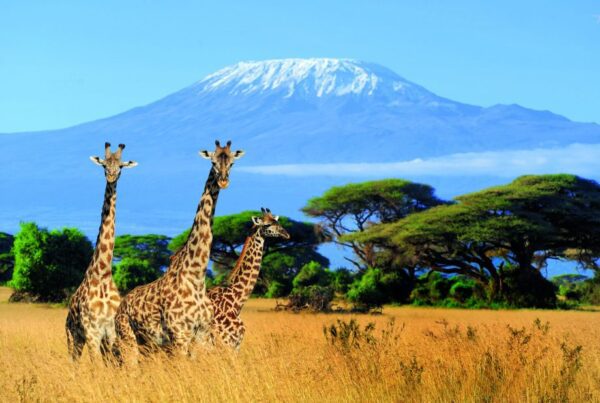visiting Tanzania during the rainy season.
Every safari traveler should consider Tanzania, a country rich in wildlife and cultural diversity. The Great Migration, an annual natural phenomenon in Serengeti National Park that features approximately 2 million wildebeest together with hundreds of thousands of zebras and gazelles, is a must-see for nature enthusiasts. Along with other creatures, they visit to witness the Big Five in their native environments.
The Kilimanjaro, the tallest freestanding mountain in the world, as well as other breathtaking peaks like Mount Meru and Ol Doinyo Lengai, the only active volcano that spews carbonatite lava, are the reasons why hikers travel there. Cultural explorers also visit to learn about its 120 different tribes, which include the well-known Maasai, Hadzabe, and Datoga.
We must admit that the dry season, which runs from June to October, is the most enjoyable time of year to travel to Tanzania. Nevertheless, a lot of tourists like this time of year, which occasionally leads to heavy traffic and exorbitant costs. Therefore, planning your trip during the rainy season will help you avoid crowds and increased prices. In this blog, we talk about visiting Tanzania during the rainy season. Let’s investigate.
What time of year is Tanzania’s wet season?
The rainy or wet season in Tanzania lasts from November to May. However, there are variances: some months get substantial rainfall, while others are dry. For example, there are brief showers in November and December. It rains a lot in March, April, and May. February and January are also dry.
Where should I go in Tanzania while it’s raining?
National Park of the Serengeti
Africa’s Serengeti is a stand-alone park where you can always see the best of the animals. This 14,763-square-kilometer park is home to a variety of ecosystems, including acacia woods, riverine forests, and broad, spread plains. The Serengeti’s wet season offers a wealth of sights to view. Here are a few Serengeti sights to view.
It’s calving season.
This amazing festival begins in January and lasts until the middle of March. In the Serengeti’s southeast plains, the wildebeest may obtain wholesome grass to feed their young. For instance, they give birth to around 8,000 calves on a single day in February.
Lions, leopards, spotted hyenas, cheetahs, and other predators move south as the quantity of prey that are at risk rises. To guarantee the availability of prey, they have synchronized their birthing periods with the calving season.
Since many high-end manufacturers relocate their camps south, there are a lot of campgrounds in this area. You may have a front-row seat at &Beyond’s Serengeti Under Canvas or the Olakira and Ubuntu Migration Camps in Asilia.
Nyikani Migration Camp, Nomad Serengeti Safari Camp, and Ndutu Under Canvas are more mobile campgrounds. Permanent lodges and camps such as Sanctuary Kusini Camp, Lemala Ndutu Camp, Mwiba Lodge, and Lake Ndutu Luxury Tented Lodge are all good places to see it.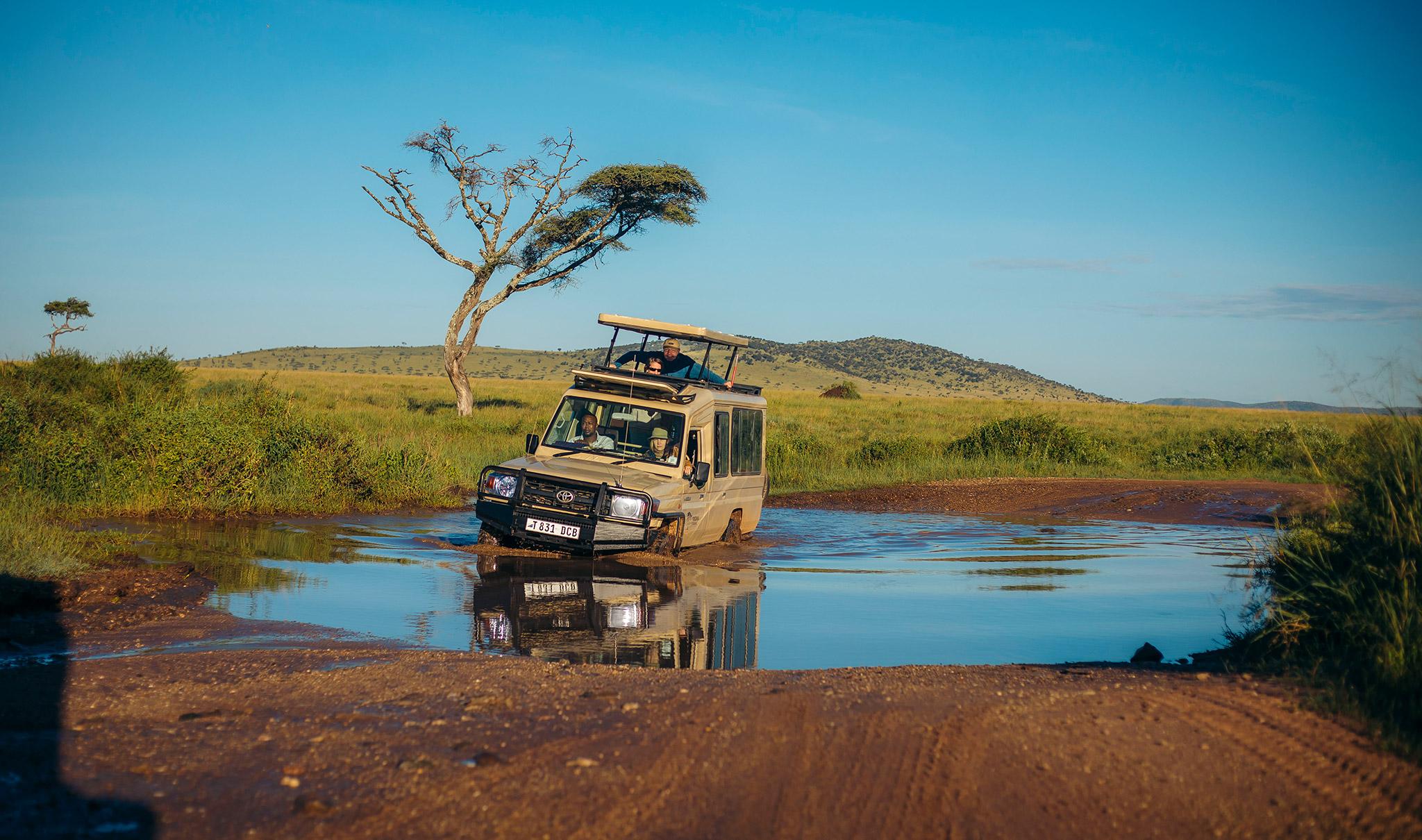
The Big Five.
The best time to see all five of the Big Five sans the crowds is during the rainy season. You may observe black rhinos in the Serengeti’s core region, which offers the greatest experiences. Leopards hide among the acacia or sausage trees along the Seronera River’s banks, whereas lions like the expansive plains of the Seronera Valley.
Herds of buffalo and elephants are frequently sighted in riverine woods and woodlands. They can also be found close to bodies of water, such as wetlands, rivers, and streams. The Moru Kopjes is home to rhinos that are constantly monitored.
Insight: January and February are the greatest months to see animals. Along with breathtaking wildlife, you will love driving on dry, easy-to-follow pathways.
The Zanzibar Islands
The months of April and May saw the fewest tourists in Zanzibar. However, we only suggest it during these months, if you don’t mind getting a bit wet. This is a great time to dive and snorkel since marine life is abundant.
For beach trips, January and February are ideal months. There will be less people on the beaches, sunny skies, and mild tropical breezes. But be mindful that February is often quite hot, with temperatures as high as 34˚C (93˚F).
When Stone Town’s Sauti za Busara event begins in February, there are also vibrations in the streets. African music of many genres, including taarab, singeli, and afro jazz, is featured during this magnificent event. Live music performances are held at several venues across the old town.
Insight: Most lodges provide the greatest deals to draw in customers who are on a tight budget. Even at upscale resorts and lodges, you may experience luxurious accommodations.
Kilimanjaro Mountain
Africa’s tallest peak, rising 5,895 meters (19,341 feet), is a popular destination for hikers of all skill levels. Kilimanjaro becomes a difficult walk during the rainy season, particularly in November, April, and May. If experienced hikers are OK with rain, fog, and mist along the route, they can do this walk. Due to their infrequent rainfall, northern routes such as Rongai and Northern Circuit may function very well.
Kilimanjaro is arid and empty from January until mid-March. The paths are particularly picturesque with the early, short showers that occur at the beginning of November. Additionally, there are less climbers and just you. Imagine consistent weather, bright sunrises, and clear sky.
Insight: Beautiful scenic vistas may be seen along routes like the Northern Circuit, Rongai, and Lemosho. The lower rainforest zone is another place where you may come upon creatures. Antelopes, birds, and insects are among them.
Last word.
If planned properly, a trip to Tanzania during the rainy season is an amazing, once-in-a-lifetime event. Every time our esteemed customers come to Active Vacation Safaris, we make sure they have a great time. Our safari planners are therefore available to fulfill your fantasy. Kindly get in touch with us.
